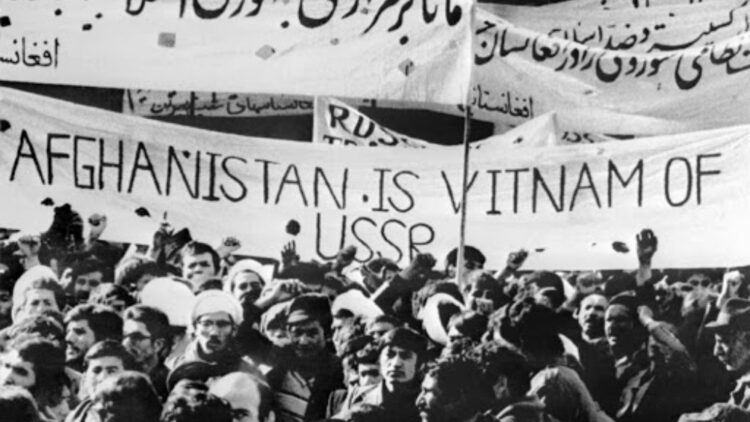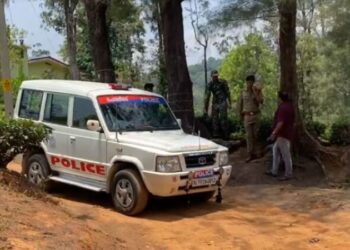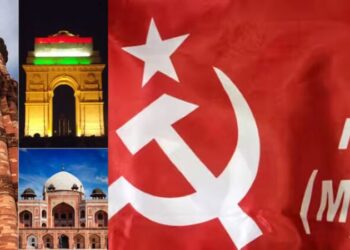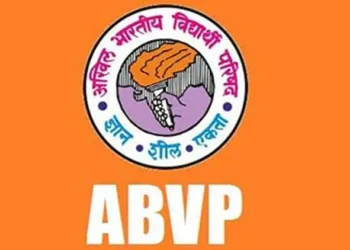The Past – The slide began with the Soviet invasion of Afghanistan in late December 1979 when troops from the Soviet Union intervened in support of the Afghan communist government in its conflict with anti-communist Muslim guerrillas during the Afghan War (1978–92). The Soviets remained in Afghanistan for a decade until mid-February 1989.
It all began when President Mohammad Daud Khan, was overthrown In April 1978. His was considered a centrist government, which was toppled by left-wing military officers led by Nur Mohammad Taraki. Thereafter, power was thereafter shared by two Marxist-Leninist political groups, the People’s (Khalq) Party and the Banner (Parcham) Party. These two groups had been part of a single entity – the People’s Democratic Party of Afghanistan—and had formed an uneasy coalition shortly before the coup.
The new government, which was a rickety combination, had little popular support. But they had forged close ties with the then Soviet Union and like many leftist combinations was brutal and decimated the domestic opposition. The land and social reforms launched by the new government was bitterly opposed by the Muslim community. Soon, insurgencies arose against the government among both tribal and urban groups called as mujahideen.
Afghanistan was soon going into a vortex of bitter fighting and coups threats by the People’s and Banner factions. The Soviets used this as an excuse to invade the country on the night of December 24, 1979. Some 30,000 troops poured in, toppling the short-lived presidency of People’s leader Hafizullah Amin. The Soviet operation was meant to prop Banner leader Babrak Karmal, but Karmal was unable to attain significant popular support.
Soon, backed by huge funding by the United States, the mujahideen tentacles spread to all parts of the country. The rag tag Afghan army was in the forefront of the fight against the Mujahideen, while the Soviets remained on the sidelines.
More than 100,000 Soviet troops controlled the cities, larger towns, and major garrisons while the mujahideen moved along with relative freedom throughout the countryside. Soviet troops tried to crush the insurgency by various tactics, but the guerrillas generally eluded their attacks. Does it remind of you of the recent happenings in Afghanistan, which forced US forces to pull out?
Like the NATO forces did in the past few years, the Soviets attempted to eliminate the mujahideen’s civilian support by relentless bombing. This saw a massive exodus from the countryside and by 1982 some 2.8 million Afghans had sought asylum in Pakistan, and another 1.5 million had fled to Iran. The mujahideen, now armed to the teeth , shoulder-fired anti aircraft missiles supplied by the United States, used them effectively against the Soviet air power.
The mujahideen were fragmented politically into a handful of independent groups, with local chieftains divided on sectarian lines. Their military efforts remained uncoordinated throughout the war – since they had a singular objective – get rid of the Soviets. The quality of their arms gradually improved largely due to the quantity of arms and other war material gifted by the United States and other countries and by sympathetic Islamic nations. In addition, a large number of Afghan-Arabs regardless of their ethnicity joined the mujahideen – it was a free for all war.
By the late 1980s, Afghanistan became a deep quagmire and Soviet troops were doing no better – having lost 15,000 dead and many more injured. Finally, fed up with the loss of men and material, Soviet Union, tottering on its last legs, signed an accord by late 1980s with the United States, Pakistan, and Afghanistan – and agreed to withdraw its troops. The withdrawal by Moscow was completed on February 15, 1989, and Afghanistan returned to nonaligned status. But, there was another battle brewing up.













Comments